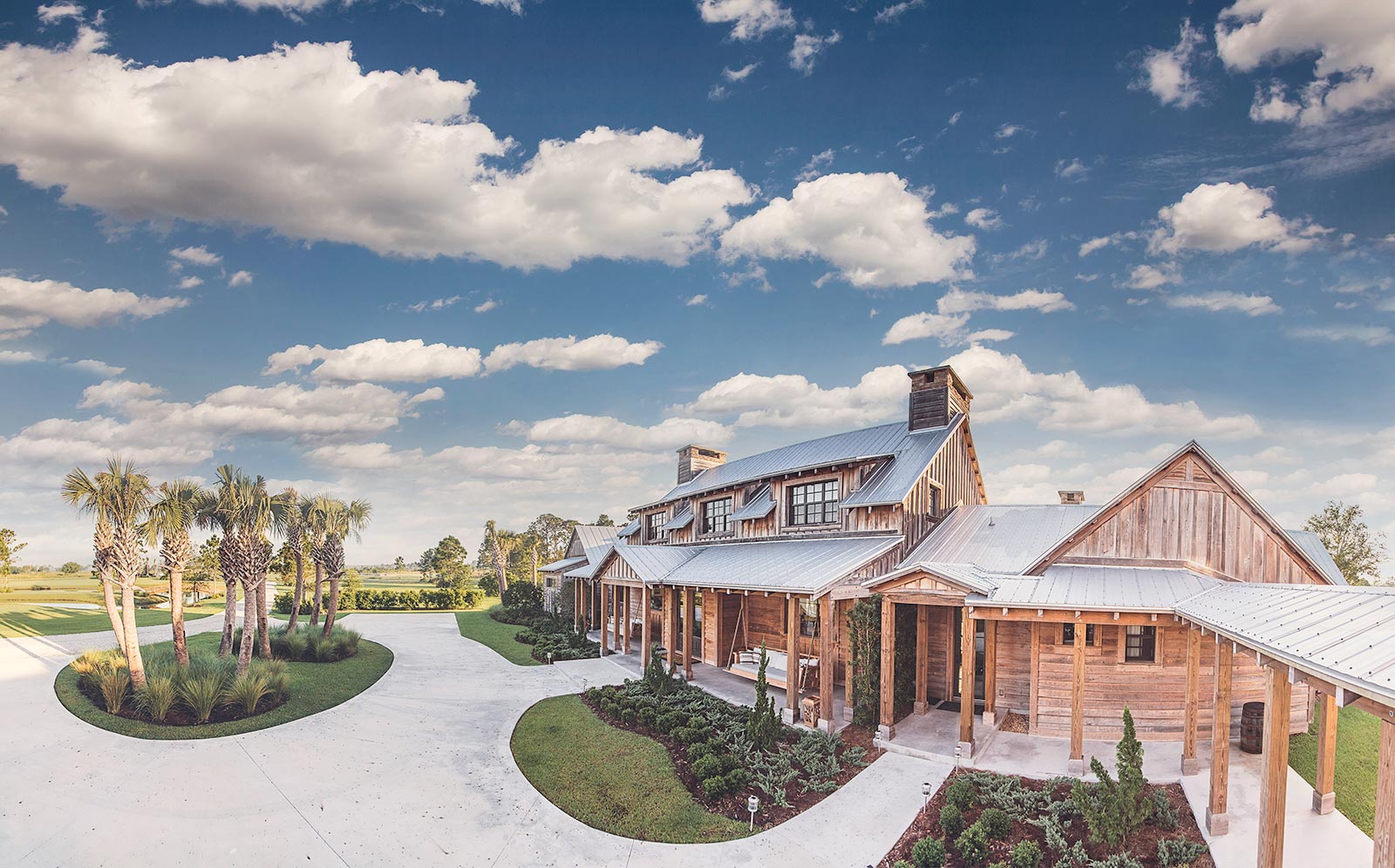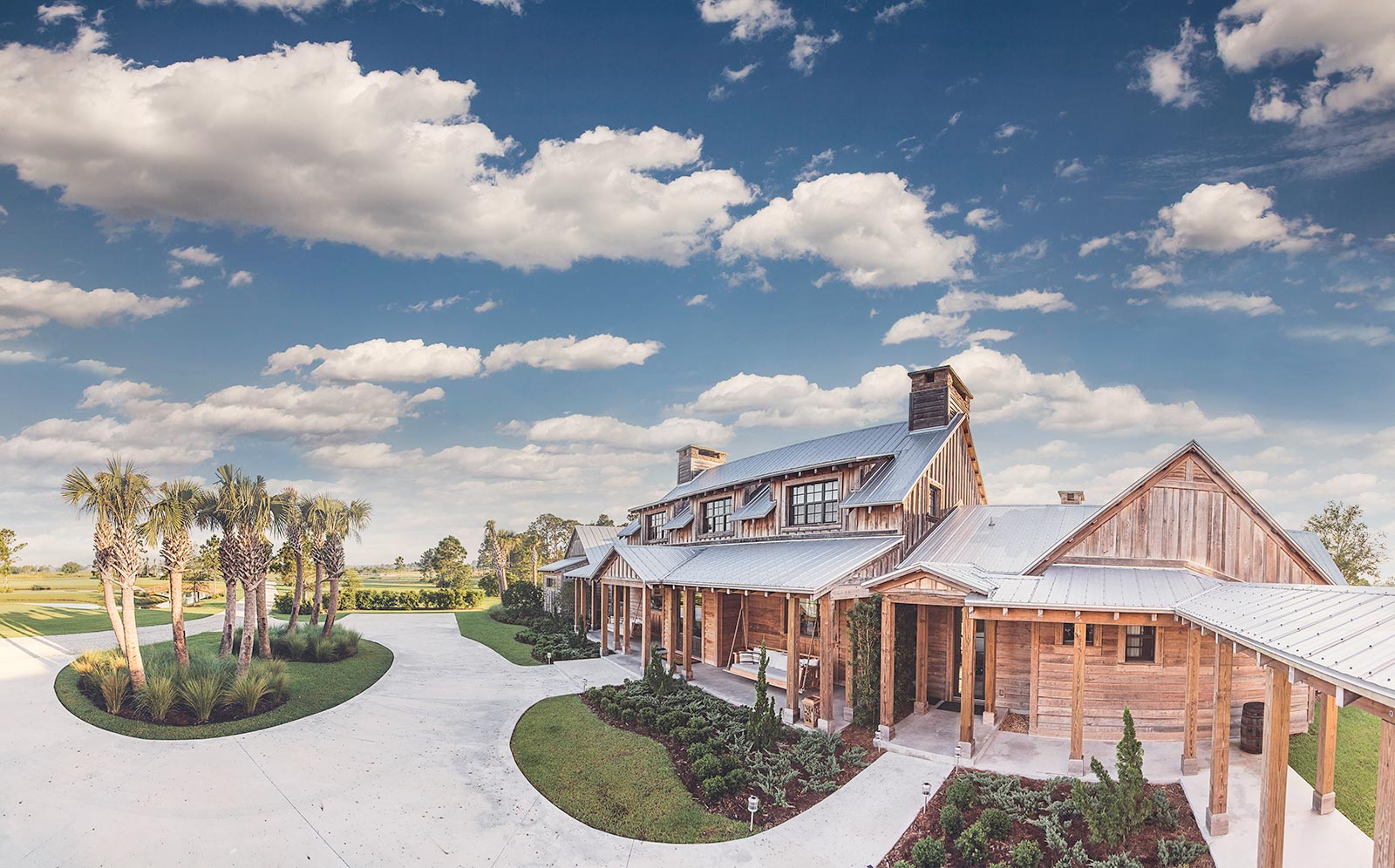- Total1.6K
- Facebook221
- Pinterest1.3K
- Email53
I’ve been asked countless times to “do that depth of field effect,” and it usually makes me chuckle on the inside…
Because the truth is, every image has depth of field.
See this image here? It has depth of field.

And this one? It has depth of field, too.

You see, one of those images has a shallow depth of field, and one of them has a large depth of field.
Take a guess which one is which and we’ll get to the answer later.
What Is Depth of Field?
Depth of field is the amount of space or distance that is IN focus.
Want to watch a video explaining depth of field? Click here and scroll down to chapter 4.
It’s how much of the foreground and background are in focus around your subject (whatever point you are focused).
Here is Merriam-Webster's definition for depth of field:


Sometimes the dictionary can make words sound a little more complicated than they actually are.
All you need to remember is that depth of field is not where you focus, but how much of the image that is in focus.
You can have a very large or deep depth of field, or a very shallow depth of field.
- A large or deep depth of field means there is a greater amount of space in focus.
- A shallow depth of field means there is a smaller, more limited amount of space in focus.
What is Aperture?
In its simplest form, aperture is the size of the hole inside your lens.
Aperture describes the opening and closing of the diaphragm blades on the back of a lens.
Check out Merriam-Webster's definition for aperture below:
Aperture is measured in an increment called an f-stop:
- The higher the f-stop, the smaller the hole.
- The lower the f-stop, the larger the hole.
Aperture is also part of the equation when determining the exposure (which really just means the brightness) of your image. To learn about this (plus everything you could possibly want to know about aperture), check out this killer post.
The Difference
Alright.
We’ve established that depth of field is in every photo.
We’ve learned that depth of field is the amount of space in focus.
We’ve covered that aperture is the size of the hole in your lens, and you can change that size of the hole to be larger, smaller, or anywhere in between.
I think it’s safe to say we understand what depth of field is and what aperture is.
So how are they actually connected?
The answer lies in how much of the image is actually in focus.
This is controlled by (you guessed it!)…aperture.
Aperture controls depth of field.
(It isn't the only thing that controls depth of field, but we'll get to that later.)
As you now know, there are small apertures and large apertures. Consequently, there are deep or large depths of field and there are shallow depths of field.
Think of it like a cause & effect relationship.
When you increase the size of the hole (aperture), you create a shallower depth of field.
A shallower depth of field results in that gorgeously blurry background!

Did you guess a shallow depth of field for this one? If so, you’re right!
Inversely, when you decrease the size of the hole (aperture), you create a larger depth of field.
A larger depth of field results in that crisp, sharp background!

Did you guess a large depth of field for this one? If so, you win! (*high five*)
Fun fact: Sometime around 1880, photographers recognized this relationship and began tweaking lens design so they could adjust aperture using what we now call f-stops. Pretty cool, huh?
To be extra clear, depth of field exists regardless of what the aperture is. The aperture doesn’t cause depth of field. The size of the aperture affects how large or shallow the depth of field will be.
Let’s recap the differences between aperture and depth of field before moving on:
| Aperture | Depth of Field |
| Every lens has an aperture. | Every photo has depth of field. |
| Aperture is measured IN f-stops. | Depth of field is determined BY f-stops. |
| Small vs Large | Deep/Large vs Shallow |
| Smaller sized hole = bigger f-stop # | Smaller sized hole = larger depth of field |
| Larger sized hole = smaller f-stop # | Larger sized hole = shallower depth of field |

Understanding this relationship is paramount for taking photos in which your subjects truly POP.
I know you know what I’m talking about.
Here are two visual depth of field examples for you. You'll see both shallow depths and great depths:


Whether your subject is your son playing with chalk on the sidewalk or a regal mountain in the distance, you can control your depth of field using aperture to make your subject(s) pop.
Want to better understand why and how controlling depth of field is the secret to beautifully blurred (or impressively crisp) backgrounds? Click here – I’ll even talk about bokeh…
Now that you understand the relationship (and differences) between aperture and depth of field, I have a mini curveball for you that I hinted about earlier.
Aperture isn’t the only thing that controls depth of field…
Ready to learn TWO other factors that can help you achieve a blurred (or sharp) background?
3 Key Factors That Control Depth of Field:
1. Aperture
We already talked about this, so I’ll recap.
- A larger sized hole creates a shallower depth of field.
– Lower your f-stop to get a larger hole, which will let more light in.
- A smaller sized hole creates a larger depth of field.
– Raise your f-stop to get a smaller hole, which will let less light in.
- To learn more about how to control your aperture with f-stops (plus everything else you could possibly want to learn about aperture), check out this EPIC blog post.
2. Lens Zoom
- The closer you are zoomed into your subject, the shallower your depth of field will become, regardless of your aperture/the f-stop number, etc.
- Inversely, the further you are zoomed out from your subject, the larger your depth of field will become.
3. Proximity
- The closer you physically step toward your subject, the shallower your depth of field will become, regardless of your aperture/the f-stop number, etc.
- Inversely, the further you are physically from your subject, the larger your depth of field will become.
Thanks for diving into the “depths” of these concepts with me.
Your photography game will thank you!
YOUR TURN: Experiment with these 3 factors to capture different images with a shallow depth of field and a deep depth of field. Share your photos and which factors you used to achieve the look you got in the comments below!
New to this whole photography scene or wanting to brush up on your skills? I have a FREE online training called Show Your Camera Who’s Boss and would love to see you there! CLICK HERE to learn more and sign up for a webclass!
- Total1.6K
- Facebook221
- Pinterest1.3K
- Email53





8 thoughts on “The Difference Between Aperture & Depth Of Field (+ 3 TIPS To Controlling Depth Of Field)”
Thanks so much for offering all this great information (and for free!) You explain things so very well and it has helped me a lot! I appreciate you!
It’s my pleasure Mindy! I’m so glad you find it to be helpful!
👍👍. Thanks been taking photos for 56 years and those are the best two subjects to always review
Thanks for stopping by Bob! So glad you liked it!
Thanks SO MUCH for all that you share. I’m new to photography and have 1 nikon D3200. I’ve just begun trying to understand my camera and this is EXTREMELY helpful.
You are so welcome! The more you can know about your camera, the better you can become as a photographer!
Thanks so much for this I formation David, I’m in the process of starting a food blog and can’t wait to try these simple changes in my photos. My new version of my website is being built now and should be ready for me to post again soon.
Wishing you the best of luck, Dave!